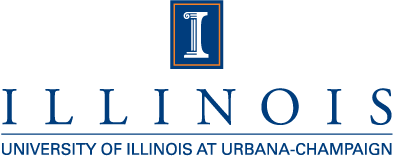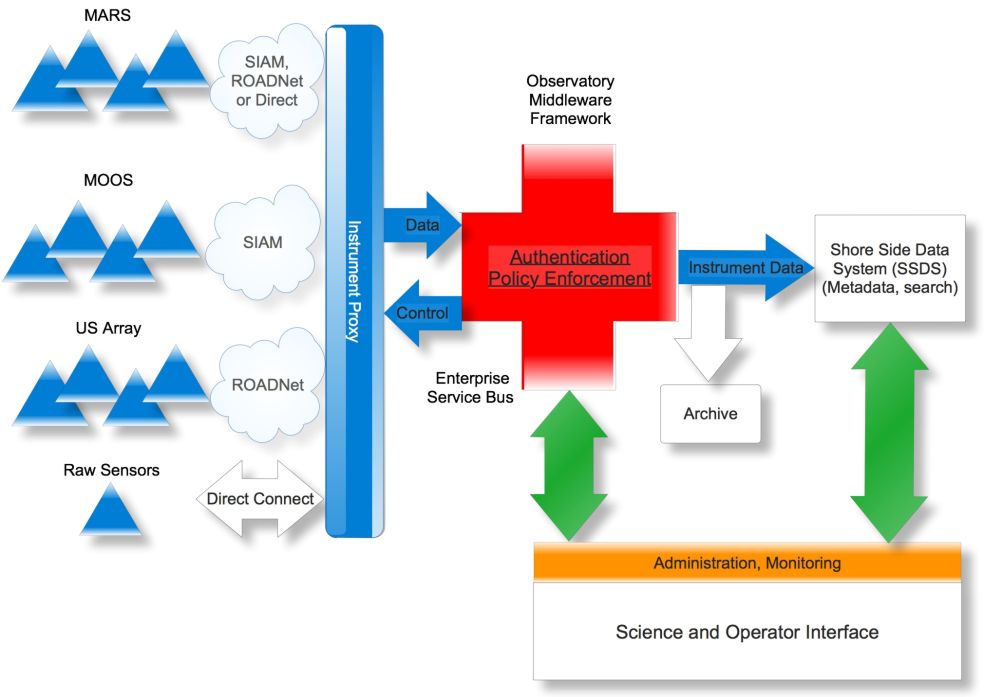Observatory Middleware Framework Demo at INGRID 2009
The Observatory Middleware Framework (OMF) project is a collaboration between the Monterey Bay Research Institute (MBARI) and the National Center for Supercomputing Applications (NCSA) at the University of Illinois. In April 2009, OMF reached a major project milestone with a demonstration at INGRID 2009 in Sardinia, Italy. The demo was well received by the audience of nearly three dozen.
In recent years, several technologies have attempted to solve the problem of a general purpose framework for data observatories, including a Grid-based approach of Service Oriented Architecture and Web Services. OMF has taken the next evolutionary step in the development of observatory middleware by utilizing an Enterprise Service Bus (ESB) messaging system. The benefits of message-based systems in support of observatory science have been documented by other projects including MBARI's Software Infrastructure and Application for MOOS (SIAM) and Scripps' Real-Time Observatories, Applications, and Data management Network (ROADNet). ESBs are well suited to integration of disparate systems because of the performance and scalability characteristics of ESBs, and their ability to interconnect a variety of message systems, thereby easing the integration of legacy middleware.
The OMF approach leverages several key components, including an ESB architecture capable of interconnecting a wide variety of message-based technologies; a Security Proxy (SP) that uses X.509 credentials to sign and verify messages to and from the ESB; and an Instrument Proxy based on widely-accepted encoding and interface standards that has been designed to provide a common access to a number of different instrument management systems, including SIAM, ROADNet, and native (stand-alone) instruments.
The demonstration showed the communication of messages between a user at INGRID and instruments at MBARI and NCSA. Messages were translated between the native instrument protocol by the Instrument Proxy and message-based security was provide by the Security Proxy and an authorization service unit developed and integrated into the ESB.
Future work in the OMF project will focus on further validation of the OMF architecture including performance and scalability testing with an eye towards improving performance characteristics. Further we plan to expand support for a broader range of instrument command functions and the advancement of the security proxies to support authorization decissions at the boundries of admisitrative domains.
The National Science Foundation funds the OMF project (award #0721617), under the Office of Cyberinfrastructure, Software Development for Cyberinfrastructure, National Science Foundation Middleware Initiative.
Our INGRID Workshop paper: Duane R. Edgington, Randal Butler, Terry Fleury, Kevin Gomes, John Graybeal, Robert Herlien, Von Welch. Observatory Middleware Framework (OMF). InGrid. April, 2009. (pdf)


